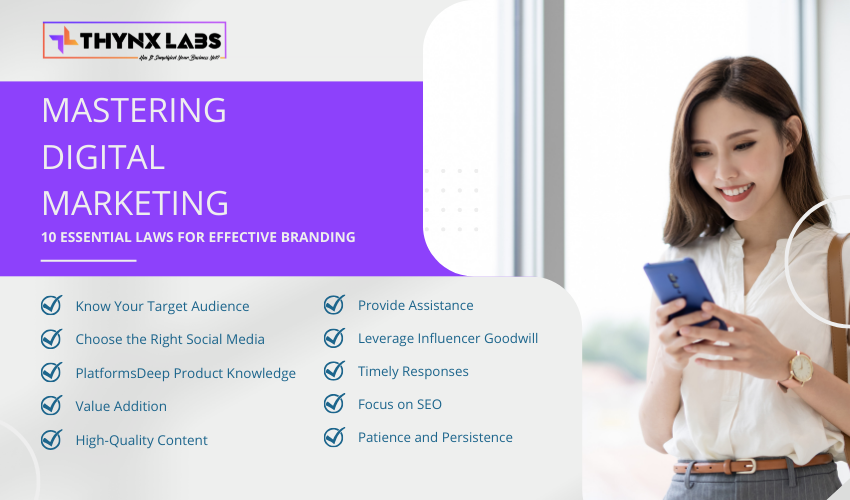6 Reasons Why Every Brand Needs a Social Media Calendar
Social media has become an integral part of brand identity and marketing strategies. In a digital era where online presence is paramount, having a well-organized and thought-out approach is crucial. One powerful tool that has gained prominence is the social media calendar. In this article, we'll delve into six compelling reasons why every brand, irrespective of its size or industry, should incorporate a social media calendar into its marketing arsenal.
I. Introduction
Definition of a Social Media Calendar
A social media calendar is a strategic tool that allows brands to plan, schedule, and organize their content across various social media platforms. It acts as a roadmap, guiding brands through the dynamic landscape of social media with precision and purpose.
Importance of Social Media for Brands
In today's interconnected world, social media is where conversations happen, trends emerge, and communities thrive. Brands that harness the power of social media effectively can establish a direct line of communication with their audience, cultivate brand loyalty, and drive business growth.
II. Organization and Planning
Efficient Content Scheduling
One of the primary reasons to adopt a social media calendar is the ability to schedule content efficiently. This not only saves time but ensures a consistent flow of information to the audience.
Consistent Brand Image
A social media calendar facilitates the creation of a cohesive brand image. Consistency in messaging, visuals, and tone across posts strengthens brand identity, making it easily recognizable and relatable to the audience.
III. Increased Engagement
Timely and Relevant Posts
A well-maintained social media calendar enables brands to share content at optimal times, maximizing visibility and engagement. Timely and relevant posts capture the audience's attention and encourage interaction.
Audience Interaction
Engagement is the heartbeat of social media. Social media calendars provide a framework for brands to actively engage with their audience through comments, likes, and shares, fostering a sense of community and loyalty.
IV. Strategic Marketing
Seasonal Campaigns and Promotions
Social media calendars allow brands to plan and execute seasonal campaigns and promotions seamlessly. Aligning content with holidays, events, and trends enhances marketing strategies and boosts brand relevance.
Collaborations and Partnerships
Strategic collaborations and partnerships are easier to navigate with a social media calendar. Brands can plan joint campaigns, ensuring mutual benefit and expanding their reach through shared audiences.
V. Analytics and Optimization
Tracking Performance Metrics
Measuring the impact of social media efforts is imperative for growth. Social media calendars facilitate the tracking of key performance metrics, providing valuable insights for optimization.
Adaptability and Improvement
A dynamic social media calendar allows brands to adapt to changing trends and audience preferences. Regular analysis of performance data enables continuous improvement, ensuring the brand stays relevant in a fast-paced digital landscape.
VI. Time and Resource Management
Streamlining Workflow
Social media calendars streamline the content creation process, saving time and resources. By having a clear plan in place, teams can focus on producing high-quality content rather than scrambling to meet deadlines.
Allocating Resources Effectively
Understanding the content requirements for upcoming campaigns or events helps brands allocate resources effectively. Whether it's graphic design, copywriting, or video production, a social media calendar ensures that resources are distributed where they're needed most.
VII. Case Studies
Successful Brands Utilizing Social Media Calendars
Examining real-world examples of successful brands employing social media calendars highlights their impact on audience engagement and overall brand growth. Case studies provide tangible evidence of the tool's effectiveness.
Measurable Impact on Growth
Metrics such as increased follower count, higher engagement rates, and improved conversion rates can be directly attributed to the implementation of a social media calendar. These measurable impacts showcase the tangible benefits for brand growth.
VIII. Addressing Common Concerns
Overcoming Resistance to Change
Adopting new tools and strategies can be met with resistance. Addressing common concerns and showcasing the positive impact of social media calendars can ease the transition for hesitant teams.
Implementing User-Friendly Tools
Choosing user-friendly social media calendar tools is crucial for successful implementation. This section provides recommendations for accessible platforms that simplify the content planning process.
IX. Tips for Creating an Effective Social Media Calendar
Identifying Target Audience
Understanding the target audience is fundamental to creating a successful social media calendar. Tailoring content to resonate with the audience's interests and preferences enhances engagement and connection.
Choosing Appropriate Platforms
Different social media platforms cater to diverse demographics. This section offers insights into selecting the most suitable platforms based on the brand's target audience and marketing goals.
X. The Evolution of Social Media Calendars
Trends and Innovations
Social media calendars, like any tool, evolve with technology and user behavior. Exploring current trends and innovations in social media calendars provides brands with opportunities to stay ahead of the curve.
Future Prospects
Anticipating future developments in social media calendars allows brands to prepare for upcoming challenges and capitalize on emerging opportunities. Staying informed ensures a proactive and adaptive approach.
XI. Industry Expert Opinions
Insights from Marketing Professionals
Gaining perspectives from industry experts adds depth to the article. Quotes and insights from professionals in the marketing field provide valuable context and credibility.
Success Stories
Highlighting success stories from brands that have effectively utilized social media calendars reinforces the article's key points. Real-world examples resonate with readers and inspire confidence in the tool's efficacy.
XII. Challenges in Social Media Calendar Management
Navigating Algorithm Changes
The ever-changing algorithms of social media platforms pose challenges for content visibility. Strategies for navigating algorithm changes and maintaining a strong online presence are discussed in this section.
Balancing Quantity and Quality
While consistency is vital, maintaining the balance between quantity and quality is equally crucial. This section provides guidance on producing regular content without compromising its value.
XIII. Common Mistakes to Avoid
Lack of Consistency
Inconsistency in posting schedules and content quality can undermine the effectiveness of a social media calendar. This section outlines common mistakes to avoid to ensure a seamless implementation.
Ignoring Audience Feedback
Engaging with audience feedback is integral to social media success. Brands that overlook this aspect risk losing valuable insights and the opportunity to build a stronger connection with their audience.
XIV. Social Media Calendar Tools
Review of Popular Platforms
An overview of popular social media calendar tools, including their features and benefits, assists brands in choosing the right platform for their specific needs.
Features and Benefits
Highlighting the key features and benefits of each recommended tool provides readers with actionable information to make informed decisions about incorporating social media calendars into their strategy.
XV. Conclusion
Recap of Key Benefits
In conclusion, a social media calendar is more than just a scheduling tool; it's a strategic asset for brands looking to thrive in the digital landscape. The article has explored six compelling reasons why every brand should embrace this tool for enhanced organization, engagement, and growth.
Encouragement for Implementation
Encouraging brands to take the next step and implement a social media calendar, the conclusion emphasizes the transformative potential of this tool and its capacity to elevate a brand's online presence.


